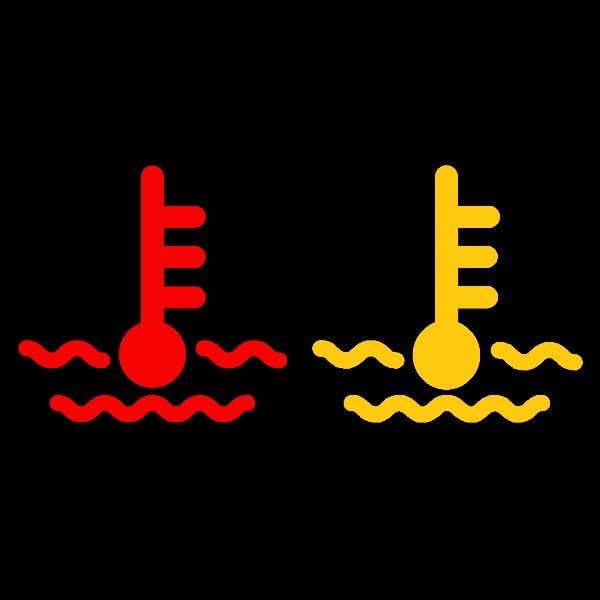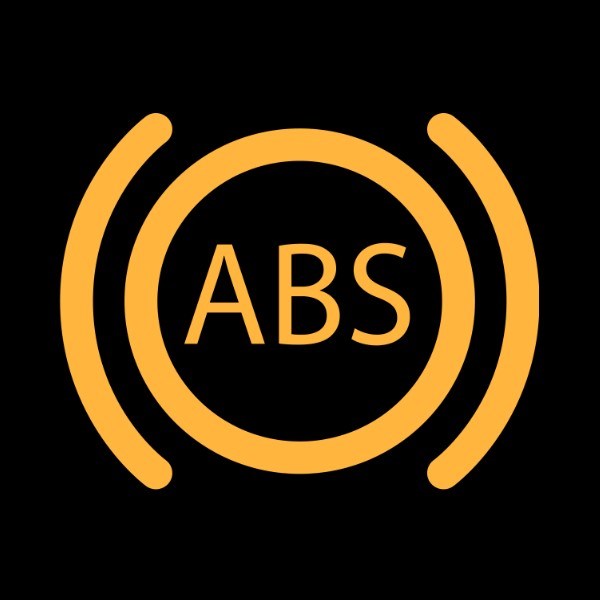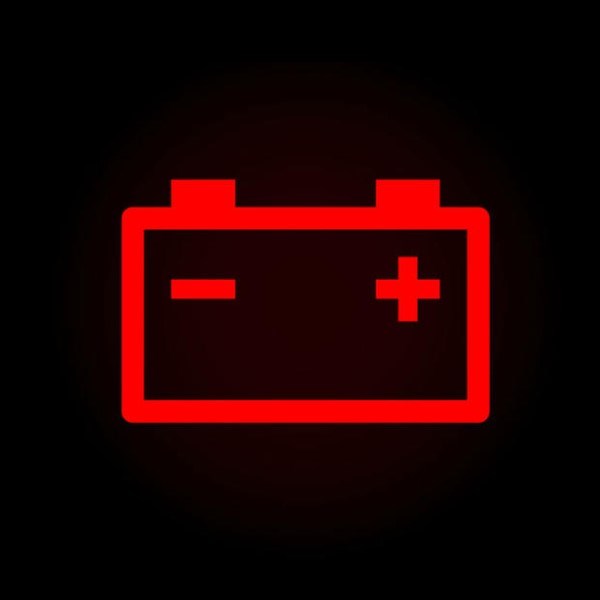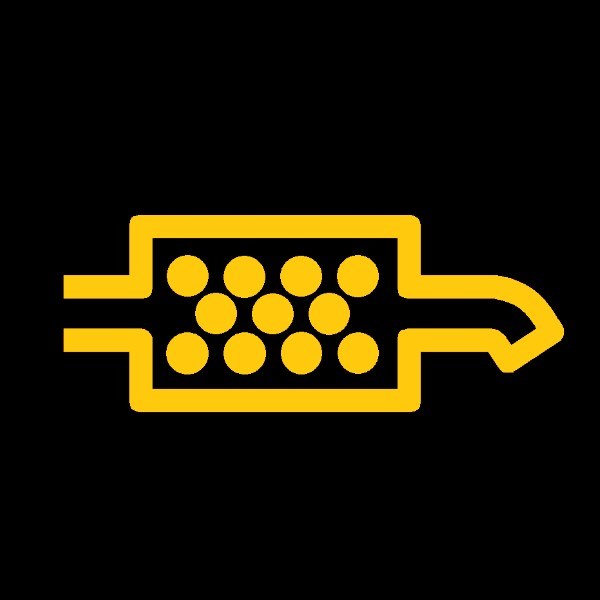Do not recognise a warning light on your car? You are not alone. Thousands of drivers are faced with a warning light that they do not know. Knowing the meaning and urgency of those warning lights can help save both you and your money in the future.
Without knowing the meaning beforehand, drivers can become panicked about a sudden warning light on their car so it is good to remind yourself of the meaning of some common warning lights on most cars.
Colours Are Key:
Car warning lights work on a traffic light colour system. These allow drivers to gauge the importance of a warning light at quick glance.
Green:- Those symbols on your dashboard in green show that the system is working or is currently on and in use. These coloured symbols are usually nothing to worry about and are just simple indicators of the functions on your car.
Amber:- The amber (yellow/orange) coloured symbols mean that something on your vehicle will need to be serviced soon. They indicate that something on your car is not working correctly and that you should take extra care when driving. The problems associated with this colour will need to be checked out as soon as possible.
Red:- Symbols in red represent a potentially serious problem or hazard with your vehicle. You should stop driving when it is safe to do so and call your garage immediately.
Ten Common Warning Lights:

Engine Management Light (Check Engine Light or ECU Warning Light)
If this light comes on, you may have already noticed something is not right with your vehicle; a lack of power or stuttering when you press on the accelerator. This light represents several possible faults, from small issues like a faulty electrical sensor to a larger mechanical problem like a fault with the ignition system.
This is one of the more urgent amber warning lights because of its scope of possible faults. It is safest to get it checked as soon as you can. Continuing to drive in the car can cause further damage to your engine.

Brake Warning Light (Brake System / Parking Brake / Brake Fluid)
Usually, this warning light will come one when your parking brake is engaged. At this time, nothing urgent is required. It is a simple reminder that your will need to disengage the parking brake before you continue driving.
However, if this warning remains on after you have released the parking brake or comes on while you are driving, it may indicate that your brake fluid is low.
Do not risk driving with this warning light on. Your car’s brakes are one of the most important safety features, act immediately when you see this light. You will need to pull over as soon as its safe to do so. The safest way to handle this is to keep your speed low and avoid sudden braking.

Low Tyre Pressure Warning Light (Tyre Pressure Monitoring System Warning Light)
When this light pops up on your dashboard, it usually means that one of your tyres has a low tyre pressure. This generally happens over time or you could have a possible puncture. You can still drive with this warning light on just take extra care by reducing your speed, not braking suddenly, and not making any violent steering manoeuvres.
Aim to top up your air at the next opportunity. Luckily, most petrol stations have an air compressor that you can check your tyre pressure with as well as top up the air inside. The tyre pressure specific to your vehicle should be located either in your handbook or on the inside of your doors.

Airbag Warning Light (Supplemental Restraint System [SRS] Warning Light)
This warning light means that at least one of the features of the airbag safety system is faulty and incorrectly working. These could be a fault with the sensor which detects the need for the airbag or a fault with the seat belt pretensioner which retracts the seat belt to keep the occupant firmly in the seat.
As the airbag safety system is one of most important safety features of a car, it is vital that it remains fully functioning. It is unsafe to continue driving with this warning light on as your airbag may not deploy in the event of a crash or even may go off unexpectedly and be the cause of one.

Engine Temperature Warning Light (Coolant Temperature or Coolant Levels Warning Light)
This symbol comes in both red and amber. The amber warning light usually comes on to warn you that your coolant levels are running low. As the car’s coolant fluid helps prevent the engine from overheating, you should avoid making any long journeys without sufficient coolant.
If this light is red, you should stop immediately; your car may become so warm that it welds itself together and causes serious and unfixable damage.
When you have stopped, you should first check your coolant levels, however, wait for the car to cool down as the coolant inside could be boiling and thus harmful to you. If it is low, fill it up and check carefully for any leaks of the coolant. On the other hand, if your coolant level is okay then the coolant fluid may have been overheating which caused your warning light to come on. It is recommended that you get to a garage as soon as possible.
If you need to keep driving, wait for your car to cool down and keep an eye on the temperature gauge.

Oil Warning Light (Low Engine Oil or Low Oil Pressure Light)
This light means that your car’s engine either has low oil pressure or the oil temperature is too high, or the oil level is too low. If the oil is not keeping the engine lubricated well, it could lead to expensive engine damage.
If this warning light comes on, you should stop as soon as possible and switch off the engine. You should check for any noticeable oil leaks under the car then check your oil levels. If they are low, then you should top them up and keep an eye out for leakage. If you cannot see any and the warning light goes off, you are fine to continue with your journey. If the light does not go off, you should get the car to a garage to be looked over to discover the problem.
However, if your oil levels are okay when you check them, then the oil pump may be faulty, and you should contact a breakdown service.

Anti-Lock Braking System (ABS) Warning Light
The Anti-Lock Braking System is there to stop your brakes from locking when you have to come to an abrupt stop as locking your wheels means that you cannot steer the vehicle out of danger. The ABS warning light comes on when the ABS function is disabled and not working.
On its own the ABS Warning Light is safe to drive with. Your braking should still work normally but you should drive carefully; keeping distance from cars in front and trying not to drive at high speeds. You should get it checked as soon as possible.
However, if this light comes on along with the brake warning light, it could be a sign that your brake system is not working to which you should stop straight away and call for a recovery.

Battery Warning Light (Battery Charge Light or Battery Charging System Light)
This warning light tells you that there is a low voltage in your car’s battery. If this appears when you are idle (at lights or in traffic) or you are driving, it may mean that your car’s alternator is not charging the battery and thus your car may stop suddenly. It could also be that you have a faulty battery, damaged cabling, or a bad electrical connection.
The car will still work until the battery is empty but after that nothing in the car will work so you can still drive but ensure you get to a garage as quickly as possible before your battery is empty.

Exhaust Particulate Filter Warning Light (DPF Warning Light)
This is one for any diesel car owners. Either one of these symbols will turn on in your car if there is something wrong with the exhaust particulate filter. This filter removes harmful soot from the car’s exhaust to reduce emissions and this warning light will most likely indicate that the filter has become blocked with soot.
It is recommended not to drive long journeys with this light on. If it comes on during a current journey, there is no urgency to stop the vehicle right away. However, it is advised that you do not use the car too much after the light has come on. The cleaning processes of the particle filter will be shut off and this would then cause the filter to clog up entirely, stopping your car all together. Get the car checked at a repair shop as fast as possible.

Power Steering Warning Light (EPS or EPAS Warning Light)
As in its name, this warning light will tell you if there is a fault with the power steering of your vehicle. This issue is usually an easy fix for electric powered systems. This can be done by finding a safe place to stop and turning your car off and then back on again after thirty seconds have passed. However, if the light remains on you should take your car to a garage as soon as possible.
You can continue your journey, but you will need to be extra cautious. If the power-steering fails, the car will be harder to manoeuvre. It is recommended to avoid driving at high motorway speeds.
Safety On The Road
Getting a warning light on your car is never a good thing but the best thing for you and your car is to keep up to date on your car’s functions and get it serviced regularly. Knowing what your warning lights represent now, means that in the future you can react calmly and safely to them if they ever come on in the future. The worst thing to you want to happen is to cause further damage to your car by continuing to drive when you should not.
